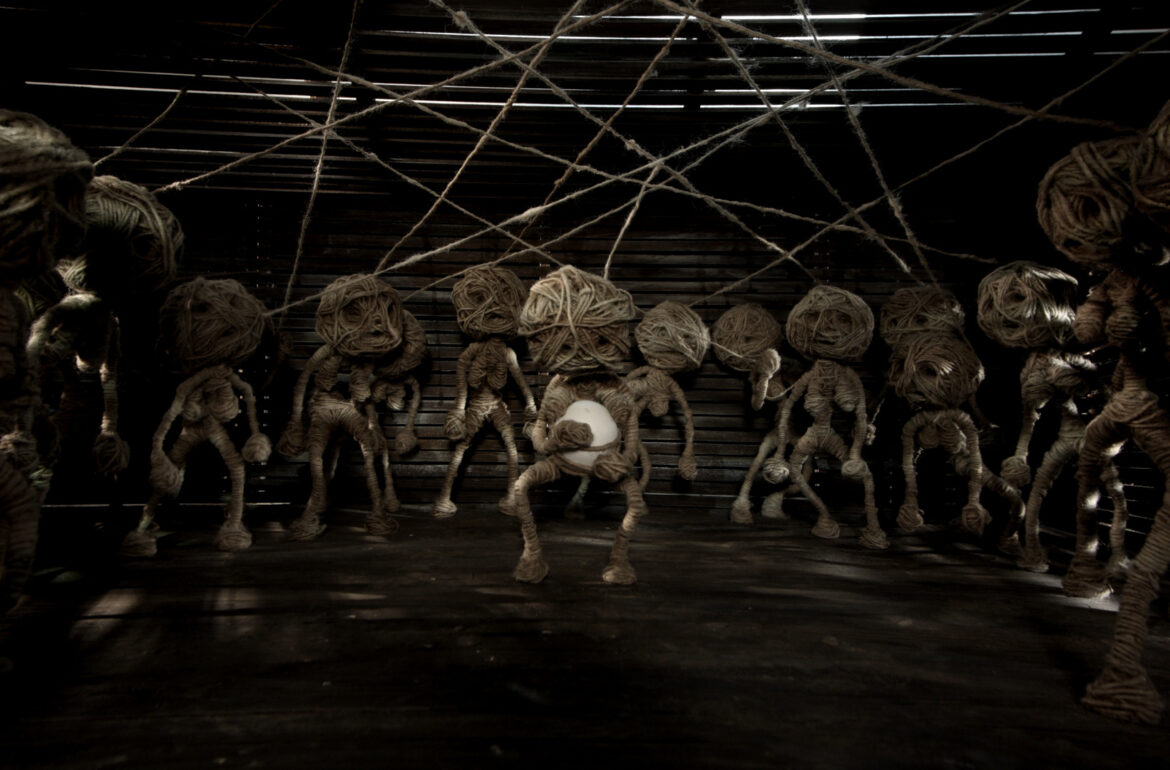The unique cultural environment and complicated history of Eastern Europe have formed an extremely particular tradition of animated film. Interpreting this tradition could help us to understand the past and people from Eastern Europe better, because analysing animated film gives us wider insight into the society, said filmmaker, producer and film scholar Ülo Pikkov (PhD), who recently defended his doctoral thesis at the Estonian Academy of Arts.
The purpose of Pikkov’s dissertation Anti-Animation: Textures of Eastern European Animated Film was to provide an outline of the core elements and characteristic features of Eastern European animated film between the end of World War II and the fall of the Berlin Wall, in 1989. “I wanted to define the specifics of animated film as one part of ‘culture industry’,” he explained.
Pikkov noted that animated film, which has become part of contemporary everyday life, has significantly affected the way people see the world. “Children nowadays spend a considerable amount of time watching animated films that, one might speculate, have substantial effects on their thought processes, patterns of behaviour and use of language. As a medium, animated film is a crucial tool for both commercial enterprises and totalitarian governments,” he said.
Pessimism and Metaphors
A key concept of Pikkov’s dissertation is ‘anti-animation’, which, in his opinion, defines the characteristic structure, which is the ‘essence’ of Eastern European animated film. The concept refers to the understanding that, compared to the ‘free world’, the animated film industry of totalitarian societies was based on radically different premises.
Hence, Eastern European animated film of the Soviet period can be defined as anti-animation, i.e. animated films produced under political pressure and in contradiction to capitalist industrial logic. “I hope that this polemical concept, shedding new light on Eastern European film in general, provokes further discussions and debates,” said Pikkov.
On one hand, the tradition of animated film in Eastern Europe that emerged after the Second World War successfully used state-assigned resources of production, but on the other hand, it was subjugated to constant political surveillance, according to Pikkov. “For example, in order to overcome these constraints, Eastern European animation artists often relied on metaphors, employing Aesopian language that provided the means to criticise authorities indirectly, via metaphorical elements,” he explained.
What is more, many authors have brought out pessimism as one of the features of Eastern Europe animated films. “Pessimism in Soviet animated film can be seen as a certain counteract to national optimism,” said Pikkov. Also, authors focused rather on the visual side – there were few dialogues and little text.
Important for National Identity
Pikkov noted that despite different times and regimes, the creative ambitions of an artist have generally been the same. “Opportunities have been different for carrying out these ambitions,” he said and added that as fairy tales tell what has been important to pass on to the following generations, so can animated films be seen as a reflection of their era.
“Animated films give opportunities both for historical-political and sociocultural analysis. Nowadays, these films have the role of folklore – cultural memory, national self-awareness, and transmission and storage of identity,” outlined Pikkov.
As Pikkov’s dissertation is an artistic research, it also contains practical creative work – the animated film “Body Memory”, that gave him the possibility to relate with the theoretical part not just as a researcher, but also as an artist.
Witten by Marii Kangur
This article was funded by the European Regional Development Fund through Estonian Research Council.
 Back
Back



